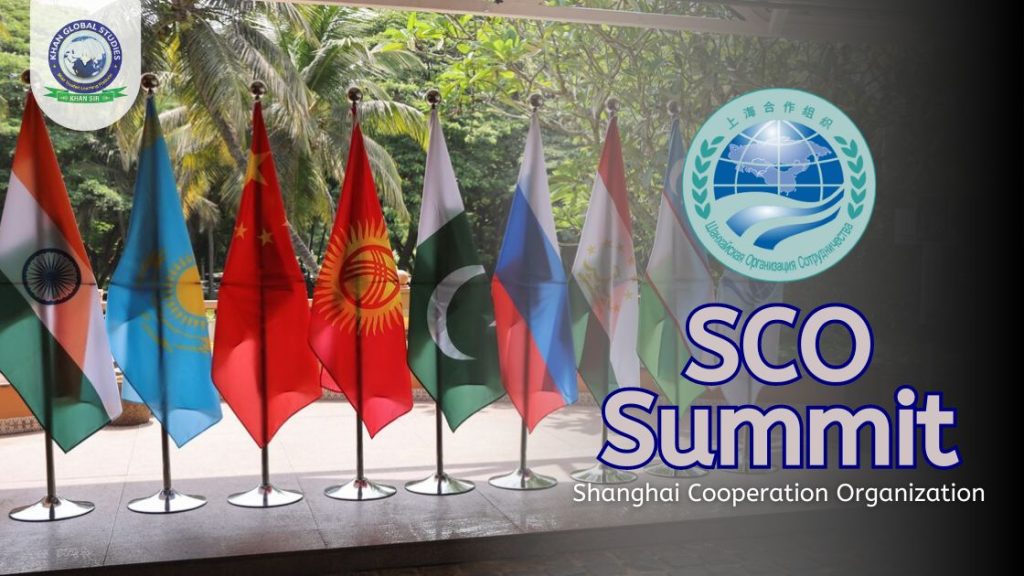In the realm of international diplomacy and cooperation, the SCO Summit stands as a significant event, shaping regional dynamics and fostering dialogue among member states. But what exactly is the SCO Summit? Let’s delve into its history, importance, and intriguing facts that define this crucial gathering of nations.
Understanding the SCO Summit
The Shanghai Cooperation Organization Summit is a key diplomatic event that brings together member states from Asia and Eurasia to discuss and address regional challenges, promote cooperation, and enhance mutual understanding. Established in 2001, the SCO serves as a platform for dialogue and collaboration on various issues, including security, economy, and culture.
History of the SCO Summit
The origins of the SCO Summit can be traced back to the founding of the Shanghai Five mechanism in 1996, which comprised China, Russia, Kazakhstan, Kyrgyzstan, and Tajikistan. In 2001, Uzbekistan joined the group, leading to the formation of the Shanghai Cooperation Organization.
The inaugural SCO Summit took place in 2001 in Shanghai, China, where the member states signed the Shanghai Convention on combating terrorism, separatism, and extremism. Since then, it has been held annually, rotating among member states and serving as a platform for advancing regional cooperation and dialogue.
SCO Summit Members
Sure enough, here are the 8 countries that are members of SCO:
- China
- Russia
- Kazakhstan
- Kyrgyzstan
- Tajikistan
- Uzbekistan
- India
- Pakistan
Importance of the SCO Summit
It holds immense importance for member states and the broader international community due to several key reasons:
- Security Cooperation: The SCO plays a crucial role in promoting regional security and stability through joint counterterrorism efforts, intelligence sharing, and military cooperation.
- Economic Integration: The SCO facilitates economic integration among member states through trade agreements, investment initiatives, and infrastructure projects, promoting regional development and prosperity.
- Cultural Exchange: The SCO promotes cultural exchange and people-to-people diplomacy, fostering understanding and cooperation among diverse cultures and civilizations.
- Diplomatic Dialogue: The summit provides a platform for member states to engage in diplomatic dialogue, address common challenges, and enhance mutual trust and confidence.
- Global Influence: As a prominent regional organization, the SCO wields significant global influence, shaping international norms and policies.
Facts About the SCO Summit
- The SCO currently comprises eight member states: China, Russia, Kazakhstan, Kyrgyzstan, Tajikistan, Uzbekistan, India, and Pakistan.
- In addition to member states, the SCO has several observer states and dialogue partners, including Afghanistan, Belarus, Iran, and Mongolia.
- The SCO Summit typically addresses a wide range of issues, including security, economy, energy, transportation, and environmental protection.
- The summit adopts joint declarations and agreements to promote cooperation and address regional challenges.
Conclusion
In conclusion, the SCO Summit serves as a pivotal platform for fostering cooperation, dialogue, and mutual understanding among member states in Asia and Eurasia. From its inception as a mechanism for regional security to its evolution into a multifaceted organization promoting economic integration and cultural exchange, it remains instrumental in shaping regional dynamics and advancing shared interests and objectives. As the SCO continues to expand its influence and engagement, the summit will undoubtedly play a vital role in promoting peace, stability, and development across the vast expanse of Asia and Eurasia.




